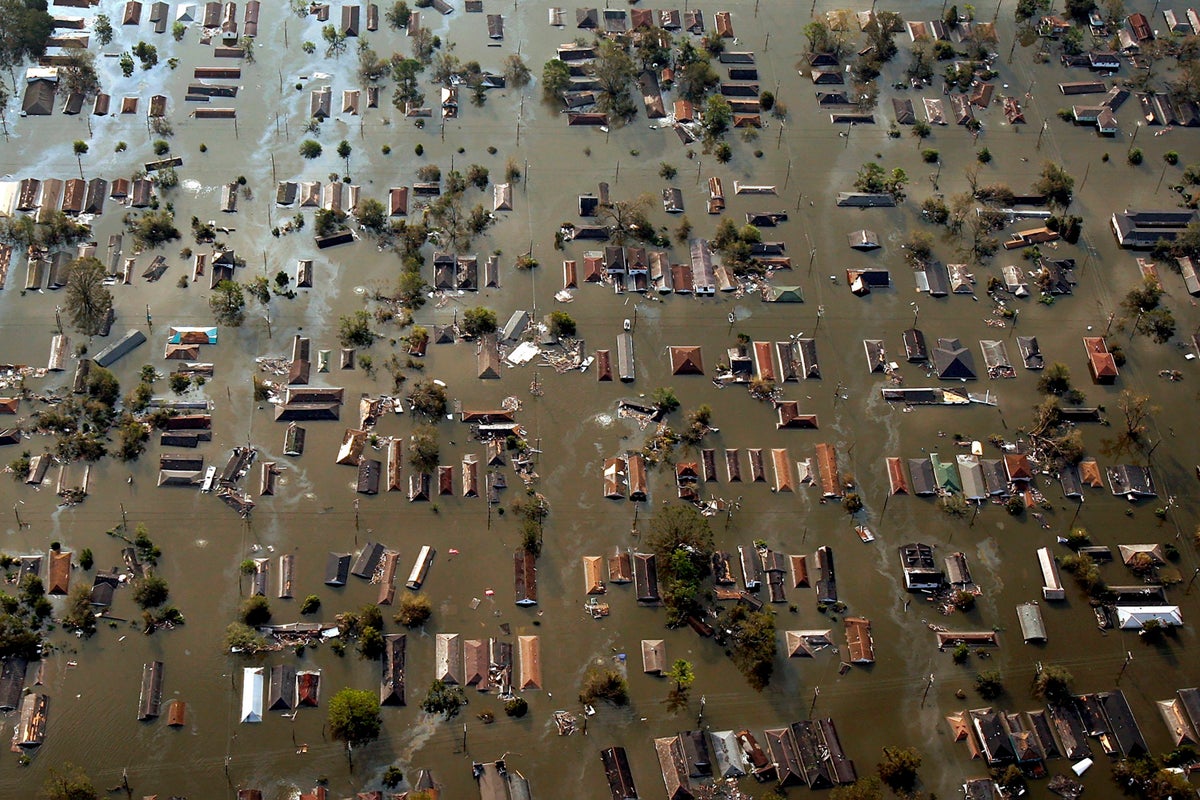Now Reading: 20 Years After Katrina: Is New Orleans Ready for the Next Big Flood?
-
01
20 Years After Katrina: Is New Orleans Ready for the Next Big Flood?
20 Years After Katrina: Is New Orleans Ready for the Next Big Flood?

Fast Summary
- Hurricane katrina struck New Orleans on August 29, 2005, leading to catastrophic flooding that killed almost 1,400 people. Faulty levees built by the U.S. Army Corps of Engineers failed to contain storm surges.
- Predictions in 2001 warned of such an event; however, recommended actions were largely ignored by authorities before the disaster.
- Since Katrina, Louisiana has implemented a Coastal Master Plan (CMP) aimed at improving storm defenses and wetland restoration. Approximately $14 billion has been spent on upgrades like raising levees and constructing floodgates around New Orleans.
- Improved defenses have performed well during subsequent hurricanes like Isaac (2012) and Ida (2021).
- Despite progress inside the city’s protective ring system, wetlands outside continue to degrade rapidly due to subsidence and rising seas-southern Louisiana loses land equivalent to a football field every 100 minutes as marsh plants die from lack of resources historically provided by river floods.
- Restoring wetlands typically involves building “sediment diversions” that channel sediment-rich waters into marshlands during floods. The state canceled its largest diversion project-the Mid-Barataria Sediment Diversion-in July despite completed designs due to budget concerns. Restoration advocates criticized this decision as politically motivated.
- Climate change intensifies storms and rainfall while exacerbating sinking land and sea-level rise.
Read More: Scientific American
Indian Opinion Analysis
The history of hurricane Katrina reflects critical lessons for disaster preparedness worldwide: acknowledging scientific predictions early can prevent costly repercussions later. For India-a country vulnerable to extreme weather events exacerbated by climate change-the experience underscores the importance of aligning long-term infrastructure advancement with ecological preservation.
India’s major cities like Mumbai or Kolkata face dual threats from coastal erosion and flooding similar to New Orleans’ situation in its below-sea-level bowl structure. Strategic investments in natural buffers such as mangroves may protect against storm surges while ensuring enduring urban growth.
The cancellation of Louisiana’s ambitious wetland restoration project reveals challenges with balancing financial constraints against future risks-issues India also faces when scaling environmental projects nationally. As pressures escalate globally on governance amid worsening climate events, prioritizing science-led policies over short-term political decisions becomes vital for both regions.























